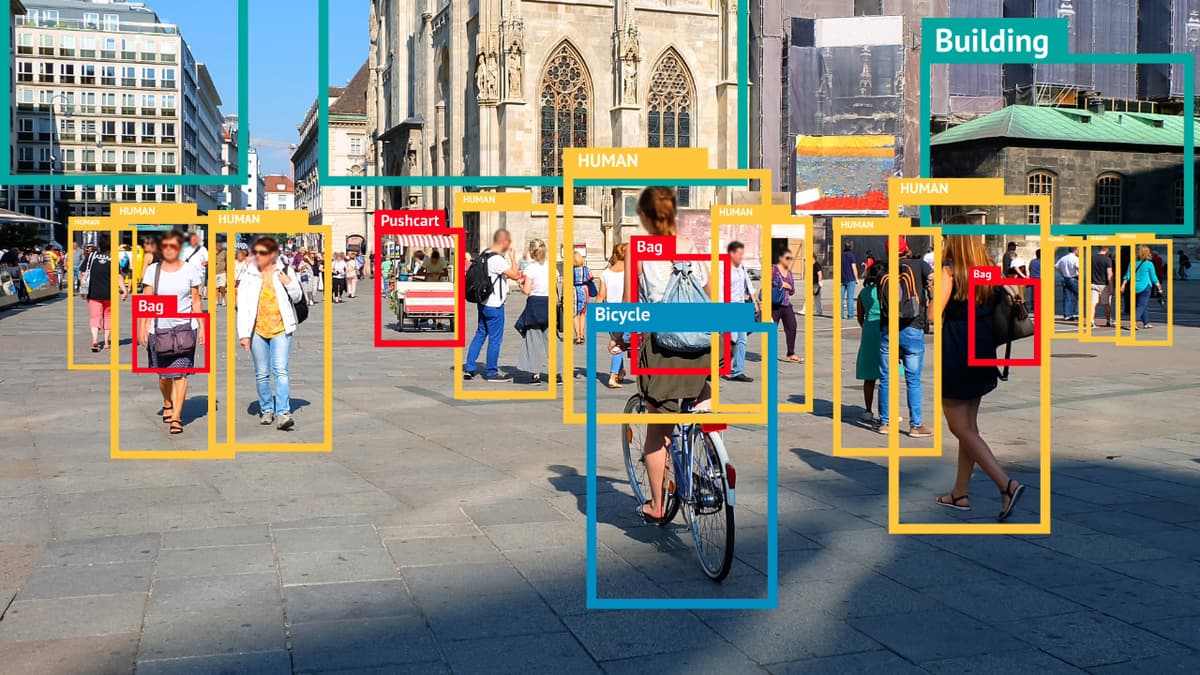Understanding JavaScript Closures
When working with JavaScript, one concept that often puzzles developers and learners alike is the concept of closures. Closures can be both powerful and confusing, but gaining a solid understanding of them can greatly enhance your capabilities as a JavaScript programmer. In this article, we will demystify closures, explore their practical applications, and provide clear examples to help you grasp this fundamental concept.
What are Closures?
In simple terms, a closure is a feature in JavaScript where an inner function has access to the variables of its outer function, even after the outer function has finished executing. This means that the inner function "closes over" the variables in the outer function, hence the name "closure."
Closures are created whenever an inner function is defined within an outer function, and the inner function makes use of variables declared in the outer function. The inner function maintains a reference to the outer function's variables, preserving them even if the outer function is no longer in scope.
Why Closures Matter
Understanding closures is crucial for writing efficient and maintainable JavaScript code. By leveraging closures, you can create functions that encapsulate behavior and retain access to the surrounding state. This can be particularly useful when dealing with asynchronous operations, such as handling event listeners or making AJAX requests.
Additionally, closures allow you to create private variables and functions in JavaScript, enabling you to implement data hiding and abstraction. This is essential for building modular and secure code, especially in larger and more complex applications.
Practical Examples
Let's delve into a few practical examples to illustrate the power and versatility of closures in JavaScript.
Example 1: Creating a Counter
Javascript
In this example, the createCounter function returns an inner function that increments a counter variable each time it is called. The inner function maintains a reference to the count variable outside its scope, thanks to the closure created by the outer function.
Example 2: Implementing a Private Method
Javascript
In this example, the User function creates a user object with a private _name variable and a method displayName that accesses and displays the name. The _name variable is inaccessible from outside the User function, ensuring data privacy and encapsulation.
Applying Closures in Real-World Scenarios
Closures are not just theoretical constructs but practical tools that can greatly enhance your JavaScript programming skills. Here are some real-world scenarios where closures can be particularly useful:
-
Event Handling: Closures are commonly used to handle events in JavaScript, such as click or hover events. By creating event handler functions within the scope of the event listener, you can access relevant data and variables at the time of the event.
-
Asynchronous Operations: When working with asynchronous code, closures help maintain the context and state of variables across different execution contexts. This is especially useful when dealing with callbacks or promises.
-
Module Pattern: Closures enable the creation of modules in JavaScript, allowing you to structure your code in a modular and reusable way. By encapsulating functionality within closures, you can prevent global namespace pollution and create self-contained units of code.
Closures are a powerful mechanism in JavaScript that allows you to preserve the state of variables and create functions with access to their enclosing scope. By mastering closures, you can write more concise, maintainable, and secure code in your JavaScript projects.












